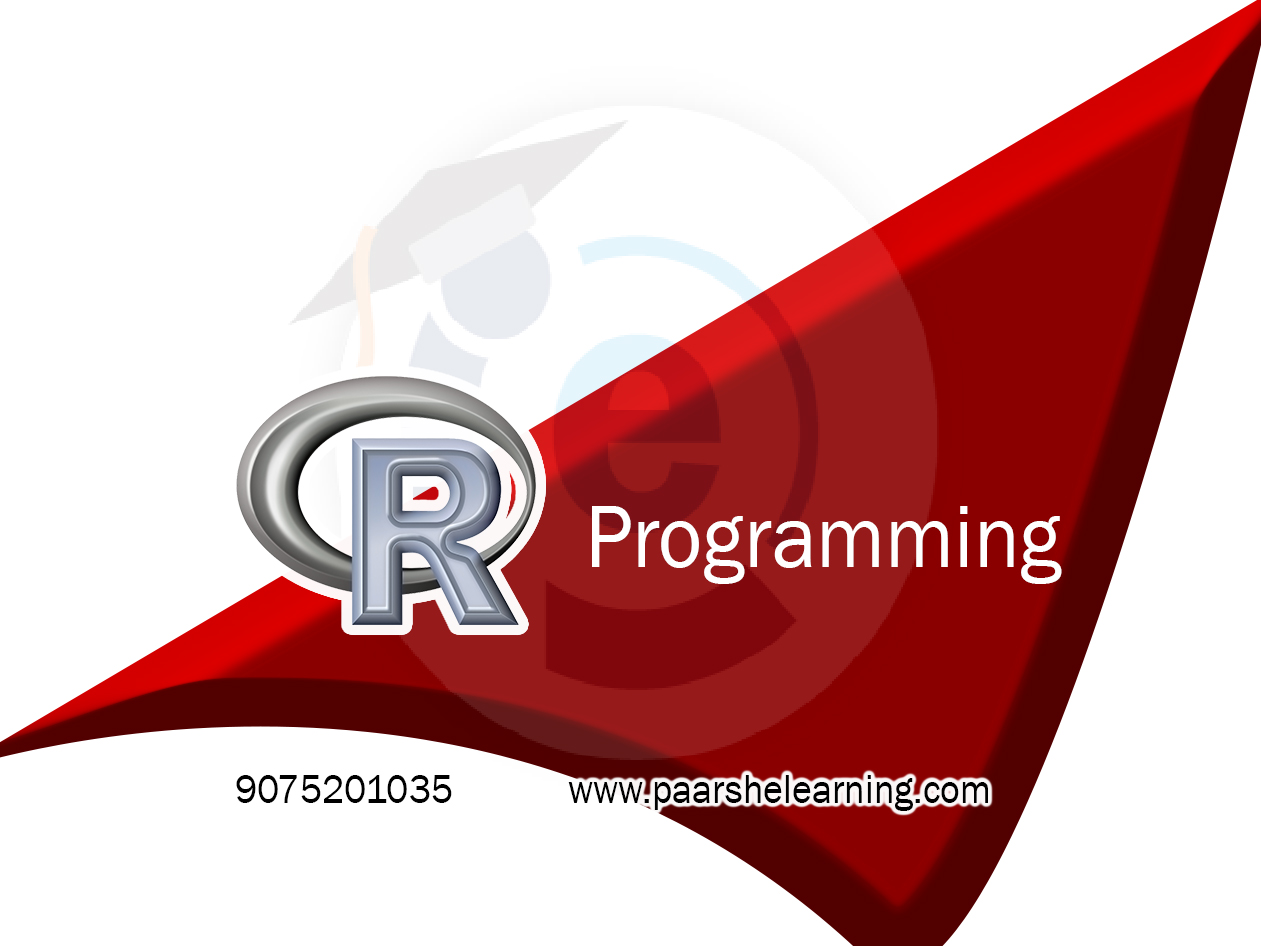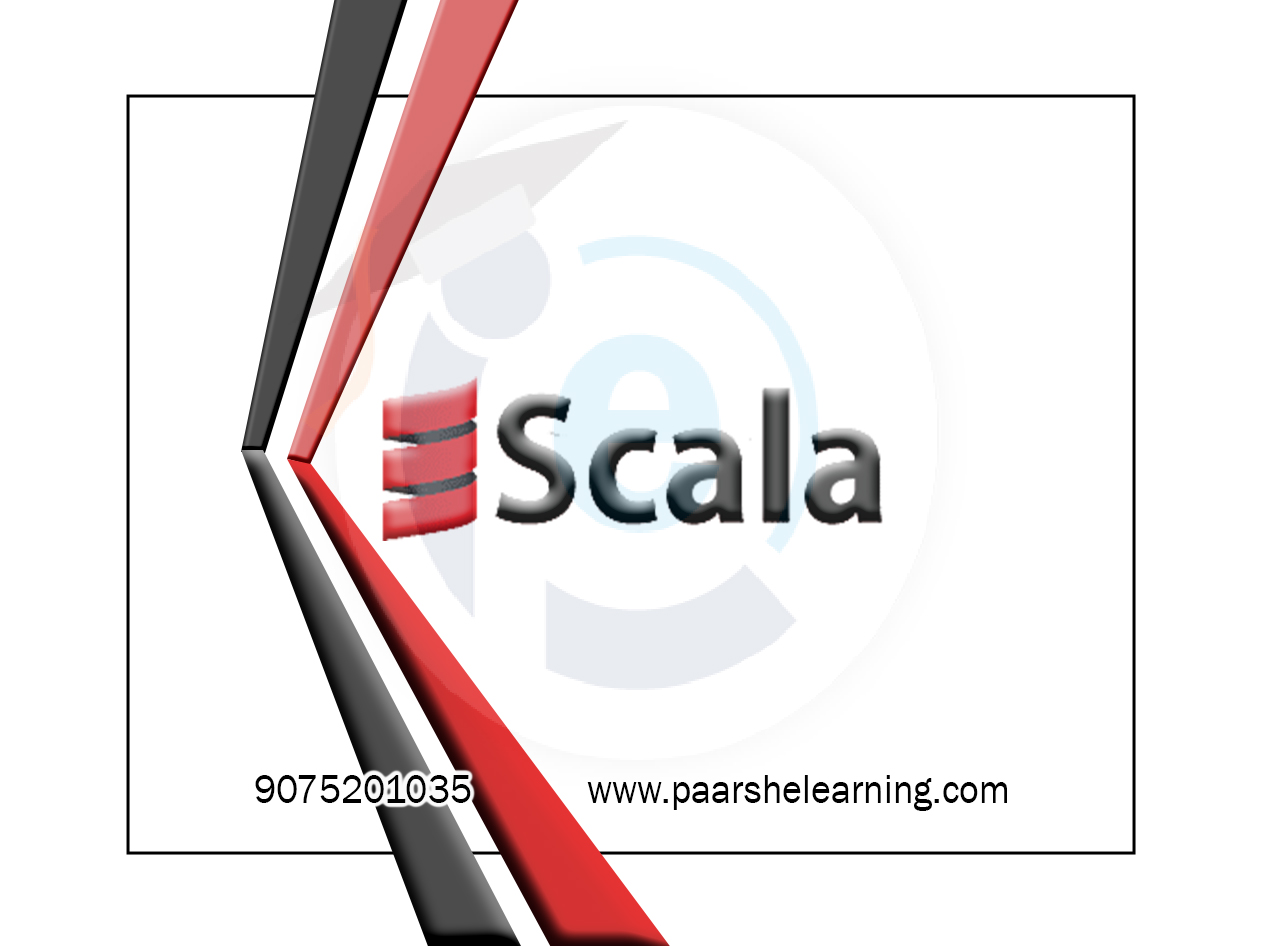- Practice writing code: Ruby is a programming language, so it's important to practice writing code as you learn. Follow along with the examples and exercises in the course, and look for opportunities to apply what you're learning to your own projects or problems.
- Use Ruby documentation: Ruby has extensive documentation available online, which can be a valuable resource for learning the language. Refer to the documentation as you learn to deepen your understanding of Ruby and its features.
- Join a community: Ruby has a vibrant community of developers who can offer support, advice, and insights into the language. Join online forums, social media groups, or local meetups to connect with other Ruby developers and learn from their experiences
- Work on projects: Projects can be a great way to apply your Ruby skills and build your portfolio. Look for opportunities to work on small projects or contribute to open-source projects to gain experience and showcase your skills.
Ruby
Course description
Ruby is a dynamic, object-oriented programming language known for its simplicity and flexibility. It was created by Yukihiro "Matz" Matsumoto in the mid-1990s and has since gained popularity as a versatile language for web development, among other uses.
Here are some key features of the Ruby language:
-
Object-oriented: Ruby is a fully object-oriented language, which means that everything in Ruby is an object, including numbers, strings, and even classes. This makes Ruby highly flexible and allows for a clean, object-oriented programming approach.
-
Dynamic typing: Ruby is dynamically typed, which means that you don't need to specify variable types when declaring them. This allows for greater flexibility and ease of use, but it also requires careful attention to type-related issues during runtime.
-
Syntax: Ruby has a clean, concise, and expressive syntax that is easy to read and write. It is often compared to natural language and follows the principle of least surprise, which means that it aims to be intuitive and predictable.
-
Metaprogramming: Ruby allows for metaprogramming, which means that you can write code that generates code. This enables powerful and flexible programming techniques, such as dynamic method definitions and dynamic class generation.
-
Dynamic methods: Ruby allows for dynamic methods, which means that you can add, modify, or remove methods from objects at runtime. This makes Ruby highly extensible and allows for dynamic behavior in your code.
-
Garbage collection: Ruby has built-in garbage collection, which automatically frees up memory that is no longer in use. This makes memory management easier and more convenient for developers.
-
Rich standard library: Ruby comes with a large standard library, which includes many useful modules and classes for common tasks such as file I/O, regular expressions, and network programming. This saves developers time and effort, as they don't need to reinvent the wheel for basic functionality.
-
Community and ecosystem: Ruby has a vibrant and supportive community, with a rich ecosystem of libraries and frameworks, such as Ruby on Rails, a popular web application framework. This makes Ruby a popular choice for web development and other domains.
Overall, Ruby is a versatile and powerful programming language known for its simplicity, flexibility, and expressiveness. It is widely used for web development, scripting, and other applications, and has a large and active community of developers.
What you will learn from this course?
This course includes!
- Daily Live session
- Access on Mobile and TV
- Certificate of completion
- Recommendation Letter
- Free lifetime access
- Resume building sessions
- 100% Job Placement
This course is for
- A Ruby course can be for anyone who wants to learn the Ruby programming language. It can be beneficial for beginners who have no prior experience in programming as well as for experienced programmers who want to expand their skills and knowledge. It can be useful for people who want to build web applications, mobile applications, games, or any other type of software.
- If you're interested in learning Ruby, you can start with an introductory course that covers the basics of the language, syntax, and data structures. You can then move on to more advanced topics such as object-oriented programming, web development frameworks, and database integration.
- Overall, a Ruby course is suitable for anyone who is interested in programming and wants to develop their skills in Ruby.
Prerequisites for this course
- Basic understanding of programming concepts: It's helpful to have a basic understanding of programming concepts such as variables, data types, control structures, and functions.
- Familiarity with another programming language: It's not necessary to have prior experience with Ruby, but it can be beneficial to have experience with another programming language. This can help you understand programming concepts and make it easier to learn Ruby.
- Basic knowledge of HTML and CSS: If you're interested in web development with Ruby, having a basic understanding of HTML and CSS can be helpful.
- Comfortable with the command line: You may need to use the command line to run Ruby programs, so it's helpful to be comfortable with basic command line operations.
- Access to a computer: You'll need access to a computer to complete the course exercises and practice writing code.
Ruby Language Syllabus
-
Introduction To Ruby Programming
Understanding the features and philosophy of Ruby Setting up the Ruby development environment Basics of Ruby syntax and structure Writing and running your first Ruby program
-
Variables, Data Types, And Operators
Introduction to data types: Integer, Float, String, etc. Working with variables and constants Using arithmetic, relational, and logical operators String interpolation and concatenation
-
Control Flow And Decision Making
Implementing if, elsif, and else statements Working with case statements Using loops: times, while, until Using break and next statements
-
Collections And Iteration
Working with arrays and hashes in Ruby Using iterators like each, map, and select Understanding enumerable methods Iterating over collections with blocks
-
Methods And Object-oriented Programming
Defining and calling methods in Ruby Method arguments and return values Introduction to object-oriented programming Creating classes and objects in Ruby
-
Inheritance, Modules, And Mixins
Implementing inheritance and superclass-subclass relationships Understanding modules and mixins in Ruby Using modules for code reusability Mixing behavior into classes using modules
-
File I/o And Error Handling
Reading and writing files in Ruby Working with file paths and directories Handling exceptions using begin-rescue blocks Creating and raising custom exceptions
-
Web Development With Ruby
Introduction to web development using Ruby Using web frameworks like Ruby on Rails or Sinatra Creating routes and handling HTTP requests Building a complete web application using Ruby
-
Paarsh E-Learning encourages hands-on practice, assignments, and projects throughout the course to reinforce students' understanding of Ruby programming concepts. Assign projects that gradually increase in complexity to challenge their skills. Cover both theoretical concepts and practical coding exercises to provide a well-rounded learning experience.






